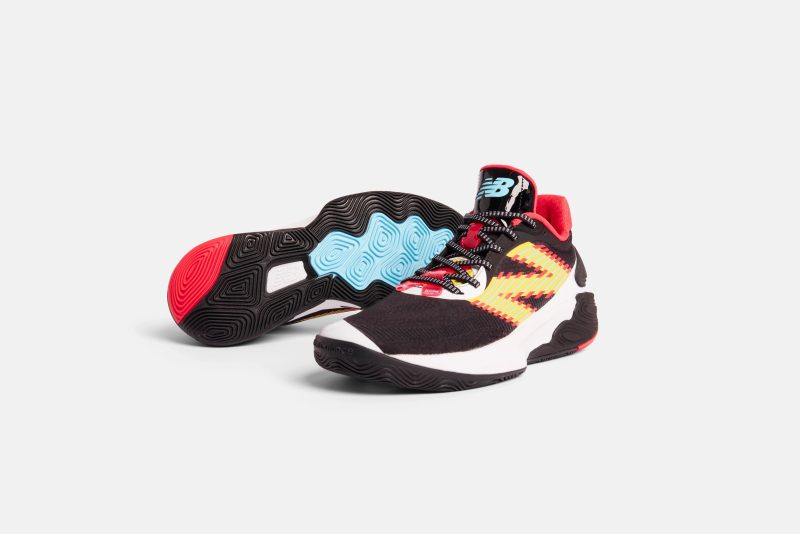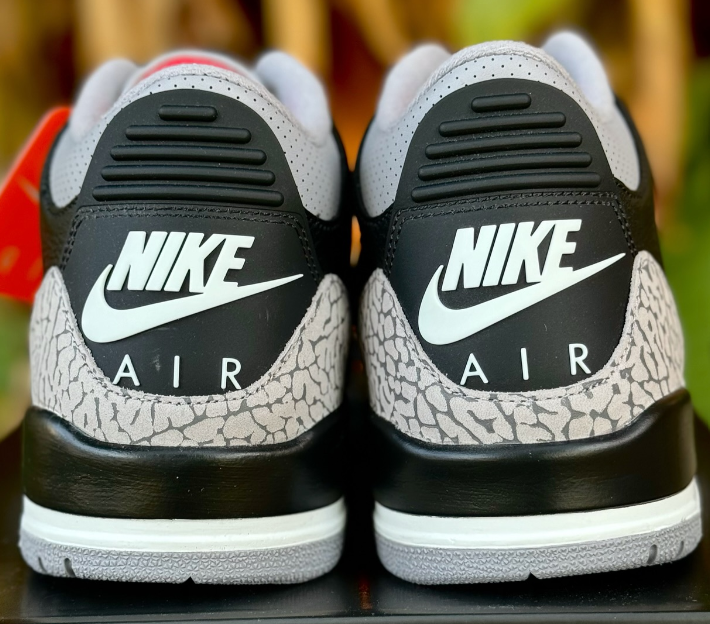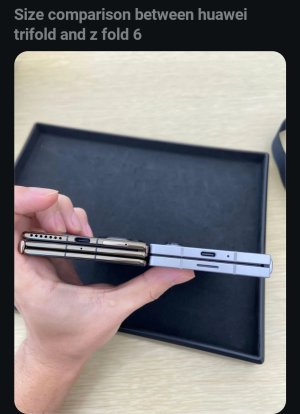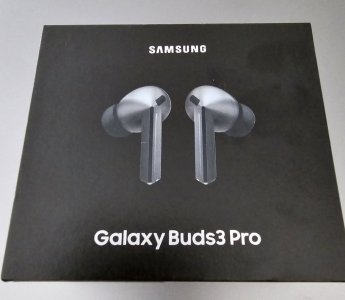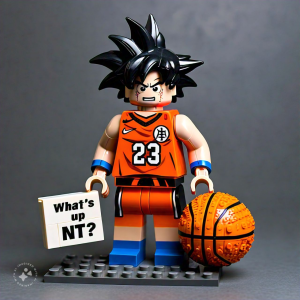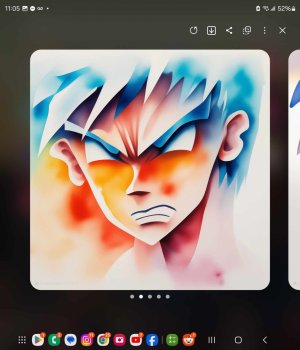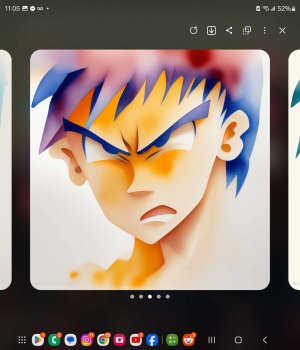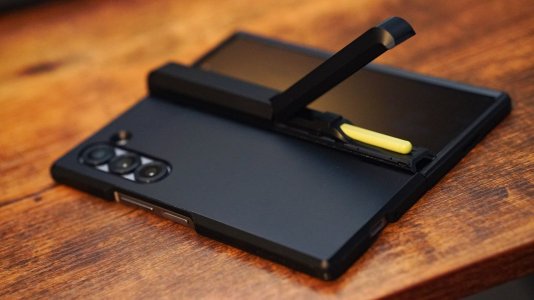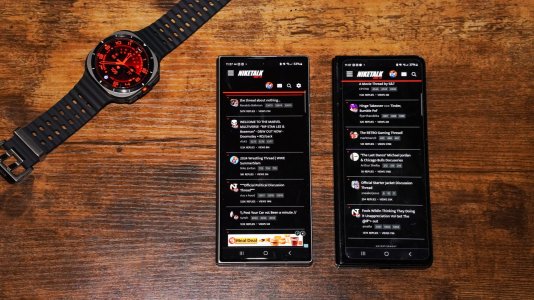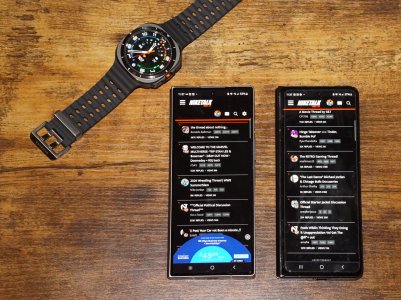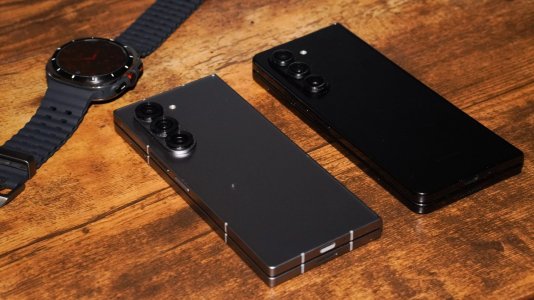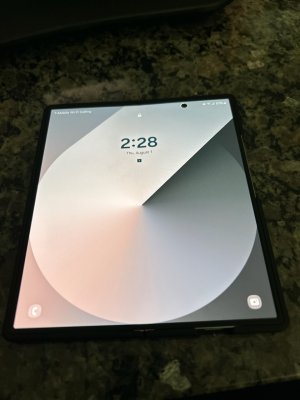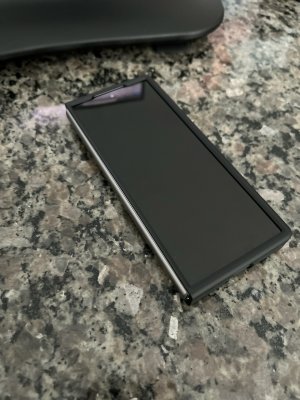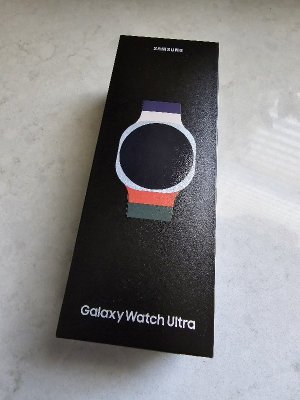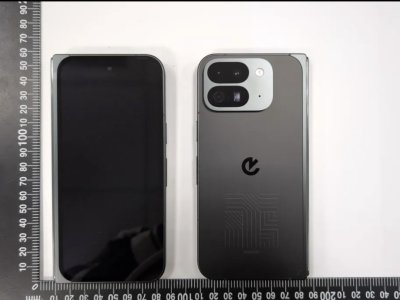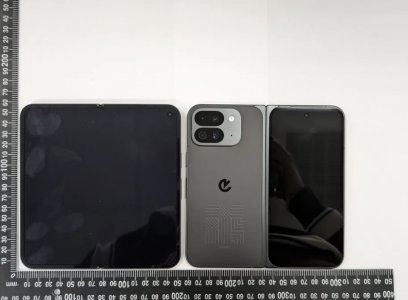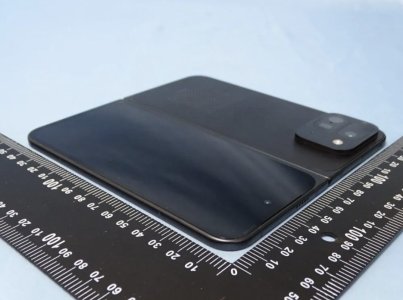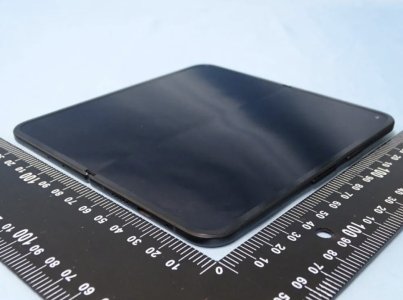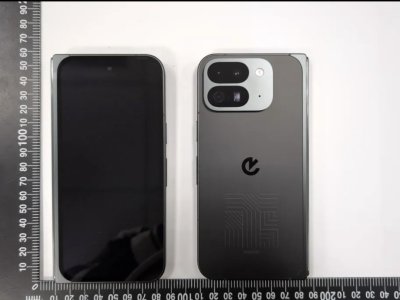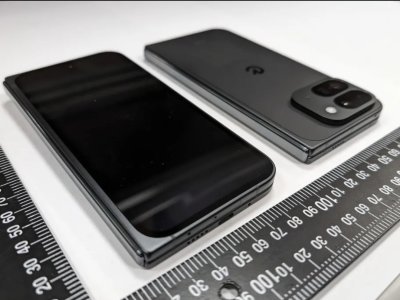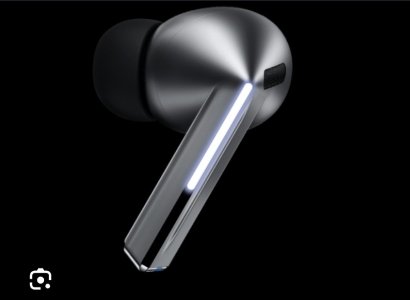- 2,703
- 44
- Joined
- Mar 27, 2009



http://www.bgr.com/wp-con...ges/cat-title-left.png); background-attachment: initial; background-origin: initial; background-clip: initial; background-color: rgb(249, 47, 1); height: 22px; text-transform: uppercase; text-align: center; font-weight: bold; font-size: 14px; color: rgb(255, 255, 255); float: left; display: inline; line-height: 22px; background-position: 0% 0%; background-repeat: no-repeat no-repeat; ">/www.bgr.com/wp-content/themes/bgr2010/images/cat-title-right.png);">http://www.bgr.com/wp-con...es/cat-title-right.png); background-attachment: initial; background-origin: initial; background-clip: initial; background-color: initial; padding-top: 0px; padding-right: 10px; padding-bottom: 0px; padding-left: 0px; display: inline-block; height: 22px; background-position: 100% 0%; background-repeat: no-repeat no-repeat; ">EXCLUSIVES
[h1]Sprint’s Galaxy S II dubbed ‘Samsung Epic Touch 4G,’ launches in September[/h1]
By: Zach Epstein | Aug 2nd, 2011 at 06:10PM
http://www.bgr.com/2011/08/02/sprin...touch-4g-launches-in-september/#disqus_thread/www.bgr.com/?p=98821">http://www.bgr.com/?p=98821" style="color: rgb(0, 51, 102); text-decoration: none; outline-style: none; outline-width: initial; outline-color: initial; ">79 Comments
Filed Under: Exclusives, Mobile

We know we don’t have long to wait before Samsung’s wildly popular Galaxy S II smartphone launches stateside. It’s also a pretty safe bet that the sleek smartphone will reach all four major U.S. carriers considering how popular the original Galaxy S was. Additional details have been slow to surface, but we’ve just been given some preliminary details about one of the four U.S. variants we’ve been waiting for. BGR has learned that Sprint’s version of the slim smartphone will launch as the Samsung Epic Touch 4G. Like its predecessor, the Epic Touch 4G will feature 4G WiMAX connectivity, though as its moniker might suggest, it will lack the QWERTY keyboard found on the original Epic 4G. Additional specs are hardly a mystery — we reviewed the international version of the Galaxy S II back in May. And while we have yet to track down a specific release date for this cutting edge Gingerbread phone, our source did say that it is launching in September. Also of note: Sprint will launch both the BlackBerry Curve 9350 (Sedona) and the Samsung Conquer 4G later this month, possibly as soon as August 21st.







